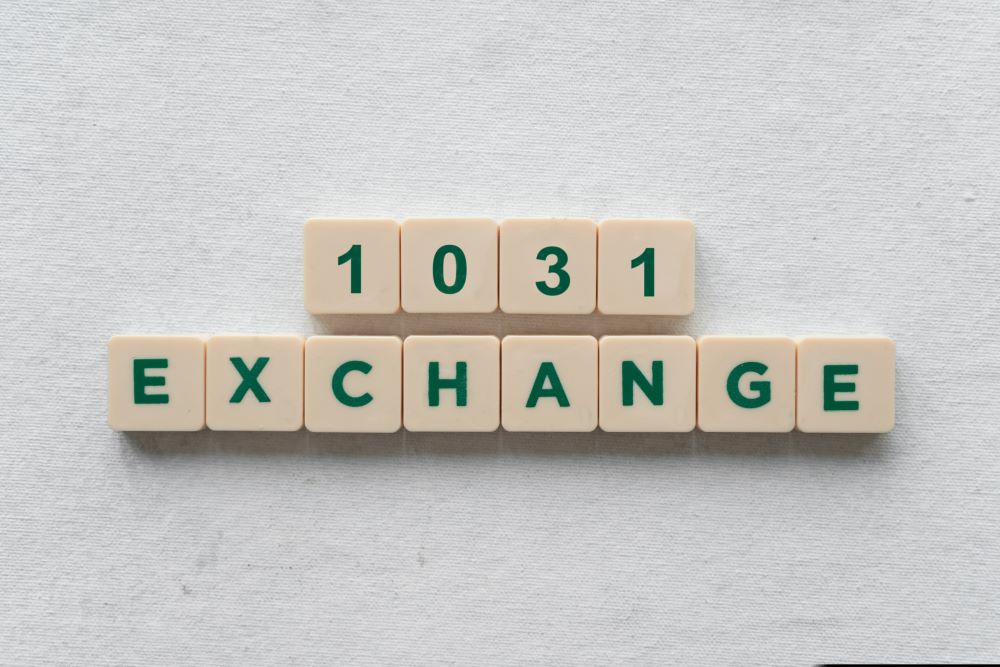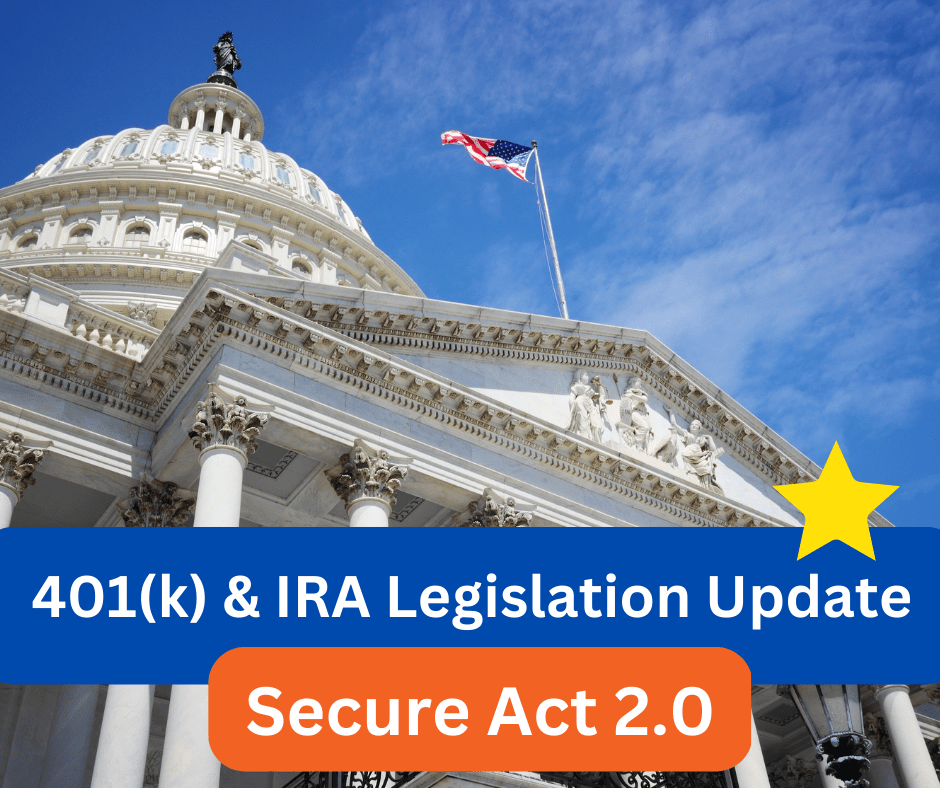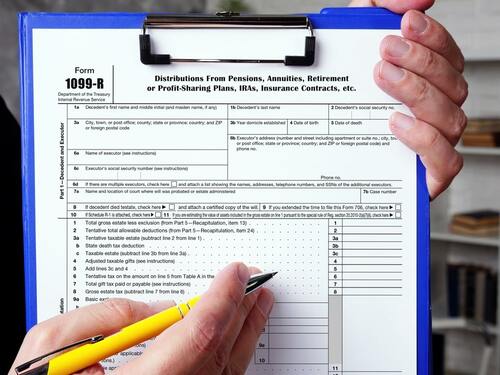Using a 1031 Exchange in a Self-Directed IRA
Written By: Daniel Gleich
Key Points
- A 1031 Exchange allows for deferral of capital gains taxes in real estate transactions, preserving the tax advantages of real estate investments within a Self-Directed IRA.
- The 1031 Exchange can be particularly beneficial in complex real estate investment scenarios within Self-Directed IRAs, such as quick property flips or sales of mortgaged properties, allowing investors to strategically manage potential tax implications.
- Utilizing a 1031 Exchange within a Self-Directed IRA generally requires careful planning and adherence to IRS regulations, typically involving steps like the use of a qualified intermediary and identifying like-kind replacement properties within specific timelines.

Investing in real estate with a Self-Directed IRA (SDIRA) opens up exciting opportunities, particularly if you’re able to sell a property for a profit on what you originally paid to purchase it. While SDIRAs inherently come with tax advantages, they sometimes require advanced solutions like the 1031 Exchange for transactions such as quick property flips or sales of mortgaged properties to navigate unwanted taxes. If you’re selling a property and realizing that doing so will result in a tax bill, a 1031 Exchange might be the right strategy for you, including if the property is held within an SDIRA.
Understanding the 1031 Exchange

Originating from Section 1031 of the U.S. Internal Revenue Code, the 1031 Exchange serves as a strategic tool in the realm of real estate investment, primarily designed to facilitate tax deferral. This mechanism is particularly beneficial when an investor aims to sell a property and reinvest the proceeds into another property that is considered to be “like-kind.” The concept of “like-kind” in a 1031 Exchange is quite broad, encompassing various types of real estate, which allows for significant flexibility in investment choices. By leveraging this strategy, investors can postpone capital gains taxes that would otherwise be due upon the sale of a property, thereby preserving more capital for reinvestment.
In the context of a Self-Directed IRA (SDIRA), the 1031 Exchange assumes a critical role, enhancing the IRA’s inherent tax advantages. When an SDIRA invests in real estate, utilizing a 1031 Exchange allows for the continuation of the investment's tax-deferred or tax-free status, depending on the type of SDIRA. This exchange is generally advantageous for SDIRA holders who actively engage in real estate transactions, offering a valuable method to grow their retirement funds while deferring taxes that could impact their investments’ growth.
Investing in real estate through an SDIRA typically allows tax-free or tax-deferred growth without the need to complete a 1031 Exchange. However, certain types of transactions, notably quick flips or those involving financed properties, can potentially incur tax liabilities. These situations require careful consideration and strategic planning to manage potential tax impacts effectively.

Use Case 1: Fix and Flip
One real estate investment strategy within an SDIRA is the fix-and-flip approach, where an investor purchases a property, renovates it, and sells it for a profit in a short period. While this can be a profitable venture, the rapid turnaround often categorizes the transaction as a business operation rather than an investment, which could cause short-term tax implications. To mitigate these potential tax implications, a 1031 Exchange can be strategically employed. By reinvesting the proceeds from the flip into another property of like-kind, the investor can defer the capital gains tax, aligning with the investment's tax-advantaged nature within the SDIRA.
Use Case 2: UBIT and UDFI
Another complex scenario arises when an SDIRA invests in a property using financing, such as a mortgage, and the property is subsequently sold before the loan is fully paid off. This situation triggers Unrelated Business Income Tax (UBIT), specifically for the income related to the financed portion of the investment, known as Unrelated Debt-Financed Income (UDFI). In this context, a 1031 Exchange offers a solution to defer the UBIT typically associated with UDFI. By reinvesting the sale proceeds into another financed property, the investor can continue to leverage the tax benefits of the SDIRA, deferring the tax implications associated with the financed portion of the property.
Completing a 1031 Exchange in an SDIRA
A 1031 Exchange begins with the sale of a real estate asset. At this stage, the investor must explicitly state their intention to engage in a 1031 Exchange. A crucial aspect of a 1031 Exchange is the involvement of a qualified intermediary. This entity temporarily holds the proceeds from the sale, ensuring that the exchange process adheres to IRS regulations. Direct handling of funds by the investor or the IRA custodian is prohibited.

The investor has a 45-day window post-sale to identify and document potential replacement properties. The purchase of the replacement property must be finalized within 180 days of the original property's sale. The replacement property must meet the ‘like-kind’ criteria, which, in real estate, allows for considerable flexibility in investment choice.
When planning a 1031 Exchange within an SDIRA, investors must consider various factors, including the potential growth of the replacement property, its alignment with long-term investment goals, and the dynamics of the local real estate market. The selection of the replacement property is usually guided by its potential for appreciation, income generation, and suitability within the broader investment strategy of the SDIRA.
A 1031 Exchange within a Self-Directed IRA presents a sophisticated way to manage the tax implications of certain real estate transactions. It requires an in-depth understanding of both SDIRA regulations and 1031 Exchange procedures, as well as strategic market analysis and foresight. By effectively navigating these aspects, investors can optimize their real estate investments within their retirement portfolios, maximizing the tax-deferred benefits.
If you don’t currently have a Self-Directed IRA, schedule a discovery call with Madison Trust today. We’re here to answer your questions and power your exciting opportunities with our exceptional service.










